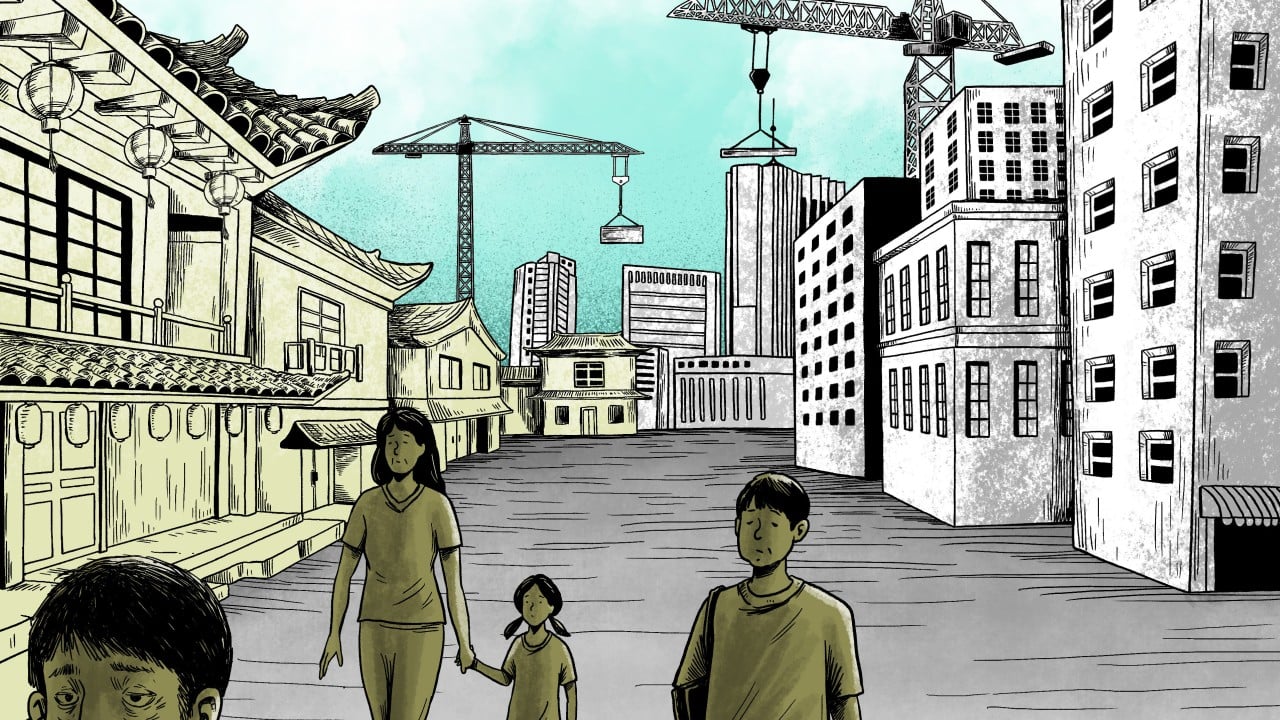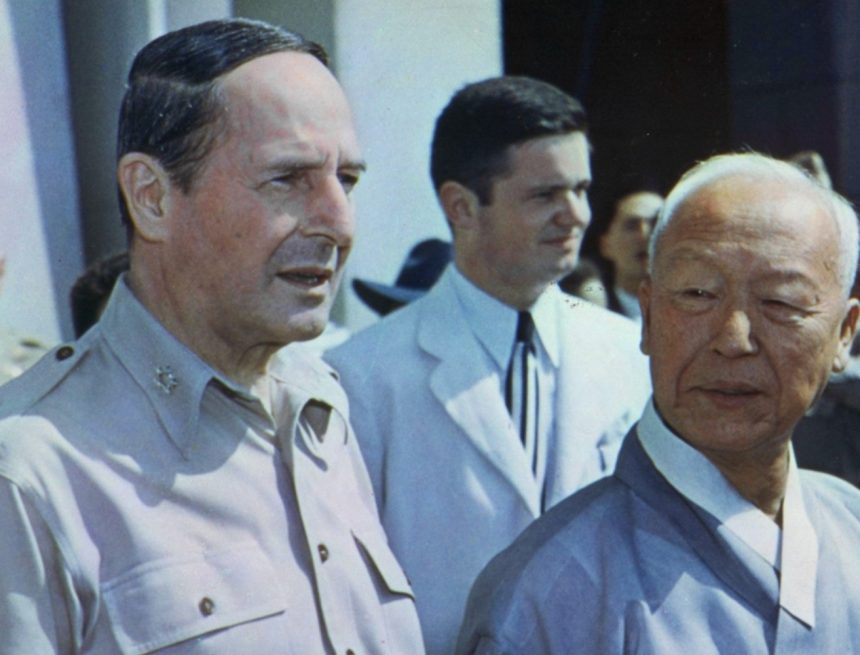
There is hardly a city in China like Datong, where locals often reference a former mayor in daily conversations.
Nestled along the north-south flowing Yu River in the central province of Shanxi, and renowned for its coal mining, Datong’s restoration efforts divided the city into two contrasting zones.
The west side saw the reconstruction of the ancient, square-shaped city – surrounded by high walls, in an attempt to recreate the city’s appearance from centuries ago – while the east side became a modern district with wide roads and high-rises, housing many relocated residents.
This experiment made Datong a unique case in China’s urban planning landscape. Despite initial doubts of resource waste, the results of Geng’s campaign gained recognition and popularity among residents, especially as the city’s pillar industry shifted away from coal towards tourism.
Local taxi driver Shi Shouyi was among those to benefit. Once living in a shabby bungalow next to a 1,000-year-old Buddhist temple – where the neighbourhood of more than 30 households shared one public toilet – his family moved into a new, modern flat around the same time.


